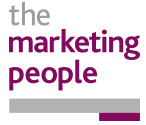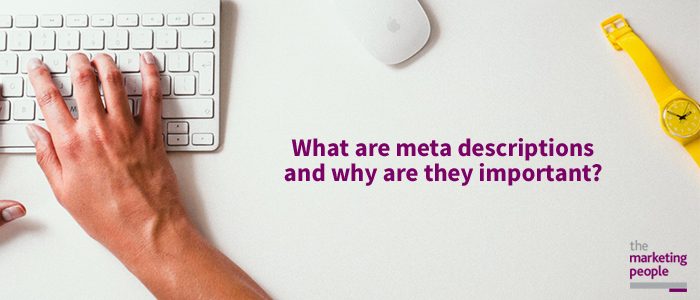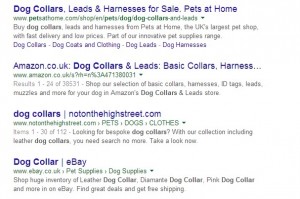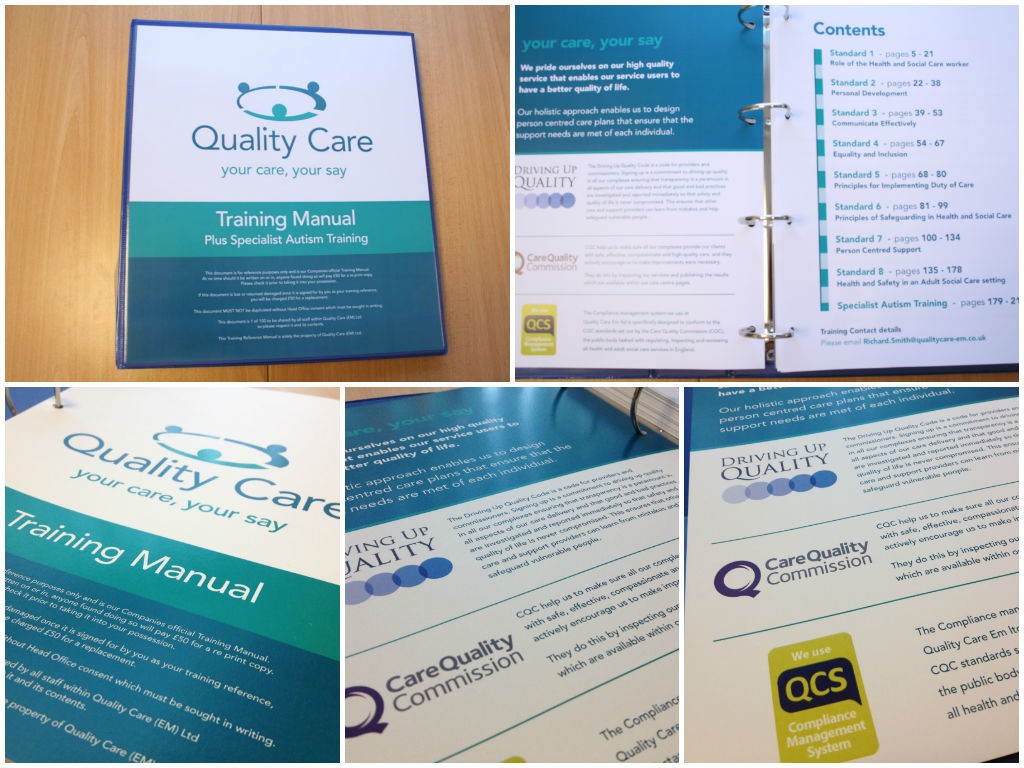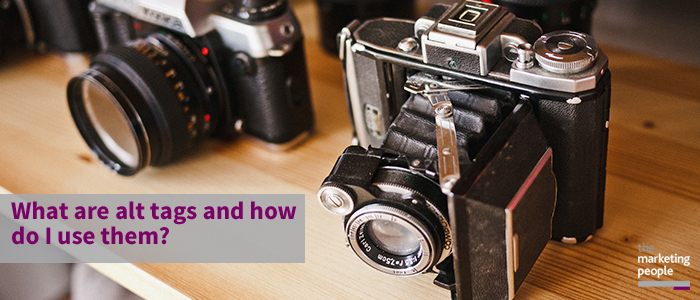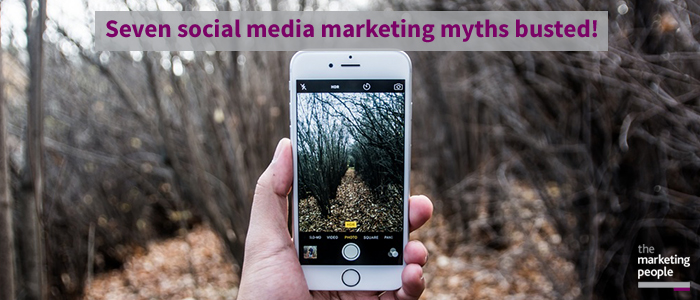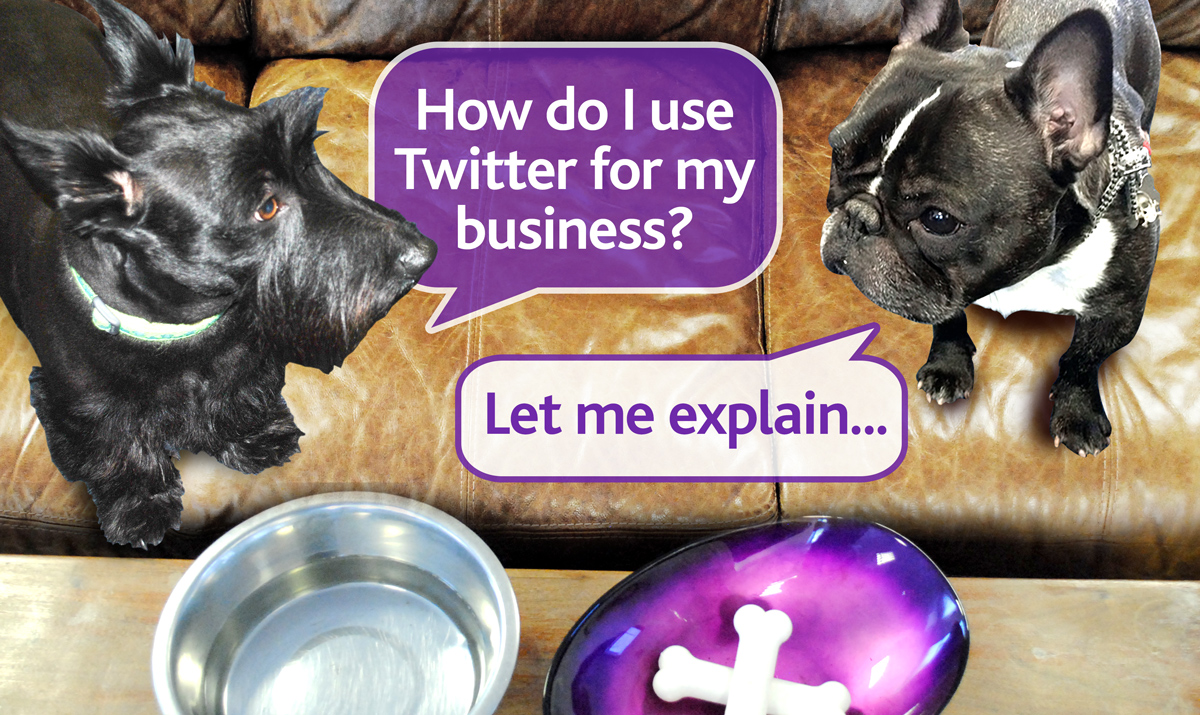
Bonjour, George here. A few days ago I met a handsome dog called Stewie from Summers & Vine. He’s never used Twitter before and wanted to know how to use it and make the most out of it fur his Mum’s dog grooming business.
There are many business owners who have never used social media before starting their business and it can be quite confusing knowing where to start.
Twitter is pawhaps the most confusing social network out there, so sit down and grab a bowl of water cup of coffee and let me explain how you can use Twitter for business and get the most out of it.
Twitter jargon buster and how to do the basics
Twitter’s jargon can be furry confusing, so here’s a rundown of what it all means and how to do the basics.
Twitter handle – This is how people communicate with you on Twitter, ours for example is @themrketingdogs. Your Twitter handle does not have spaces, can have capitals and has a maximum length of 15 characters.
You can use a twitter handle anywhere in a tweet. Fur example, imagine you are sending us a tweet, you could say:
- ‘@themrketingdogs it was nice to see you today, hope to bark sometime soon.’
- ‘It was pawesome to meet @themrketingdogs today, hoping to see them again soon.’
Username – This is your ‘name’ on Twitter, ours is ‘George and Chops’. Your username may be the same as your Twitter handle.
Followers – These are the people who are following you. They will see your tweets in their newsfeed.
Following – These are the people you are following. You will see tweets from these people in your newsfeed.
How do I follow someone? – To follow an account visit their page and click ‘follow’. To find people you can use the search by to search for their username or Twitter handle, or you can follow people from search results.
Unlike other social networks it’s completely acceptable to follow people you don’t know or haven’t met.
Newsfeed – This is where you will see tweets from people you follow, starting with the most recent tweets. To view your newsfeed log in to Twitter and click the ‘Home’ tab. You may also see tweets in your newsfeed that say ‘Promoted’ next to them, which means it’s an advert.
You may also see tweets from someone you don’t follow because one of the people you are following has retweeted them.
Tweet – A Tweet is the message you send out for your followers to see. It has a maximum character length of 140, which includes hashtags, Twitter handles, links and images.
How do I send a Tweet? There are two ways to send a Tweet. The first is type in the box that says ‘Compost new Tweet…’ on your Home page.
The second is to click the blue icon on the top right hand corner that looks like a quill. A window will pop-up over the page where you can type your Tweet.
How do I share a link? To include a link in your Tweet, copy and paste the URL of the page or video you want to share into the tweet.
How do I upload an image? To upload an image click the camera icon. This will bring up a window which allows you to choose an image to upload. Note that your image file size must be less than 2MB.
How do I upload a video? You cannot upload a video straight to Twitter. If you wanted to share a video on Twitter you would need to upload it to YouTube or something like Twitpic first and then copy the URL and paste it into a Tweet.
Retweet – Think of this as sharing. If you retweet a tweet you will share it with all of the people who are following you.
Favourite – This is the equivalent of a ‘like’ on Facebook. If you favourite a tweet it’s like saying ‘I like this’ or ‘I agree’.
Trends – On your homepage you will see a box called ‘Trends’ on the left hand side. This shows the 10 most popular thing people are talking about at the moment.
The top trend on the list will often say ‘Promoted’ next to it, which means that it has been paid for by a business and is probably promoting a new product, event or a competition.
By default trends are ‘tailored’ to you, which means that Twitter will show you trends it thinks you’re interested in based on what you tweet about and the accounts you follow.
You can change this though to show you what topics are trending worldwide, in your country or even in your region. To do this click ‘Change’ next to ‘Trends’ and then click ‘change’. This will take you to a page where you can select nearby locations or search for a location. To see worldwide trends type ‘worldwide’ into the search bar.
Hashtags – A hashtag (#) is used to help you join a conversation about a topic.
Imagine you are attending a dog grooming expo, the organisers might use the hashtag #DogGroomingExpo14, so everyone who’s attending who tweets about that will use that hashtag.
You don’t have to use capitals in your tweet but it helps make it more readable and you never use a space in a hashtag.
You can use as many hashtags as you want in a tweet, but studies recommend no more than two per tweet.
If you click on a hashtag you will be taken to a results page which will show you all of the tweets using the same hashtag, so you can see what other people are saying.
How do I make the most out of Twitter for business?
The general rule is that 20% of your tweets can be self-promotional, while the others should be talking to your customers, sharing links to interesting copy or just striking up a conversation.
People don’t want to follow an account that is going to overload them with self-promotional messages.
Profile images
This is what you will see when you ‘edit’ your Twitter profile.
Your profile has two images: a header image and a profile image. Your profile image should be something instantly recognisable to people who follow you, for example your logo.
Your header image is the large image that runs across the top of your Twitter page and this can contain anything you like, though it’s best to keep it eye-catching, simple and in branded colours.
If you want to upload a new profile or header image, the easiest way to do it is to view your own profile (which you can do by clicking ‘Me’ at the top of the page) and then clicking ‘edit profile’ which is on the right hand side of the page.
Then click on the image you want to change and upload a new photo. Press save and your profile has been updated.
Get your bio right
When you see someone’s Twitter page, you will notice a short bio underneath their profile image, username and Twitter handle.
You’re limited to 160 characters and it should tell people about your business and what you do. You can also put in your location and a link to your website.
Fur example ours is: ‘Life at @themktingpeople, a web design and marketing agency, for George (French Bulldog) and Chops (Pug).’
It’s short and tells people who we are and what we’re up to.
Edit your bio by clicking ‘edit profile’ on your page.
How often should I tweet?
Twitter is very fast-paced so you should be aiming to tweet a few times a day. You may now be wondering what on earth you can tweet about ‘a few times a day’, but calm down and read on.
Communication
One of the best uses for Twitter if you’re a business is to talk to your target audience and customers.
You can ask questions about your products or what they think about something happening in your sector, general questions like ‘what are you doing this weekend?’, market research or tell them about your latest blog post, offer, competition or product.
Share interesting content
As well as sharing your own blog posts, share content from other websites, such as: news stories, information about an event your audience may be interested in, funny pictures or quotes and useful blog posts and articles.
It really helps to know your audience when you’re trying to find content that you think they will find interesting.
Fur example, if you run an ecommerce website that sells pet products you know that your audience will like things to do with pets and animals. So they might want to see content about news pieces involving animals, videos of animals doing funny things, informational pieces about how they can best look after their pet or taking their dog on a plane.
For B2C businesses it’s fairly easy, but B2B can be harder and you will need a better grasp of what your audience are like and will need to make sure you’re sharing useful information.
Images and videos
Images and videos work very well on social media and an update which involves an image will usually do better than just a text image, so where possible use images in your tweets.
Examples of images or videos you could use:
– Your products / services in the self or in use
– Happy customers
– Images / videos from an event
– An image or video about a competition or offer
Customer service
A lot of consumers are turning to social media for customer service because it’s faster than picking up the dog and bone (that’s phone by the way) or filling in a contact form.
If someone tweets you asking for help with your product / service, get back to them as soon as possible. If it’s a simple issue you may be able to resolve it over Twitter, however you will probably find that you will need to ask that person to email so you can find out more and help them.
To inspire you take a look at these five businesses who are using Twitter well and engaging with their audience.
Examples of businesses using Twitter well;
Innocent drinks – @innocentdrinks
Their Twitter page is full of amusing updates and replies to customers. Their replies are not just about complaints and queries, most of them are conversational.
Waterstones – @waterstones
The UK book retailer share information about new book releases, competitions they’re running, reply to customers, information about events and share quotes from books.
The Oxford Street store Waterstones Twitter account (@WstonesOxfordSt) is worth looking at also. The majority of their tweets about their obsession with books and getting you to read them. It isn’t quite as useful as the @waterstones page, but they’ve certainly got humour nailed.
KLM – @KLM_UK
As well as sharing promotional information about flights and airfares, the KLM UK Twitter account shares ‘behind the scenes’ images, retweets customers images, shares destination information, posts images from throughout their history, tweets about competitions they’re running and replies to customers.
Tesco – @tesco
Tesco’s Twitter account replies to customers, they share topical jokes, recipes, links to their blog posts, updates about fundraising and images of food.
Interestingly they don’t really self-promote.
The Tesco Mobile Twitter account is notable for getting involved in banter with customers and other UK brands. Here are a few examples.
Vocus – @vocus
B2B marketing and PR software company Vocus are a great example of B2B companies using social media well.
They post links to news and takeaways from events, images from events, links to whitepapers, retweet customers, links to videos and tips. They don’t appear to reply to any customers though.
I hope you’ve found this furry useful and now feel more confident about using Twitter. If you have any questions, don’t hesitate to leave a comment and we’ll get back to you.
